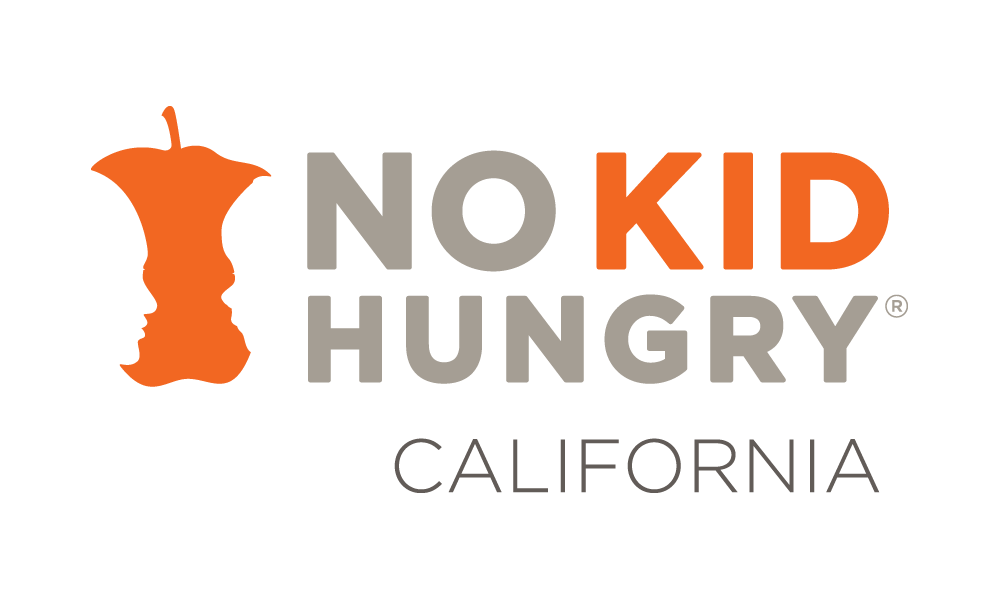“Every summer, parents are asking, where can I get meals? The distance for families to drive every day to then sit at a school and eat the meal and then drive home is just not realistic.” – Amber Green, RD, SNS, director of nutrition services
“The ability to do something like this, and the feedback, and the impact on the community. It’s just amazing, and it’s well worth it to do it.” – Nick Dramis, culinary operations coordinator
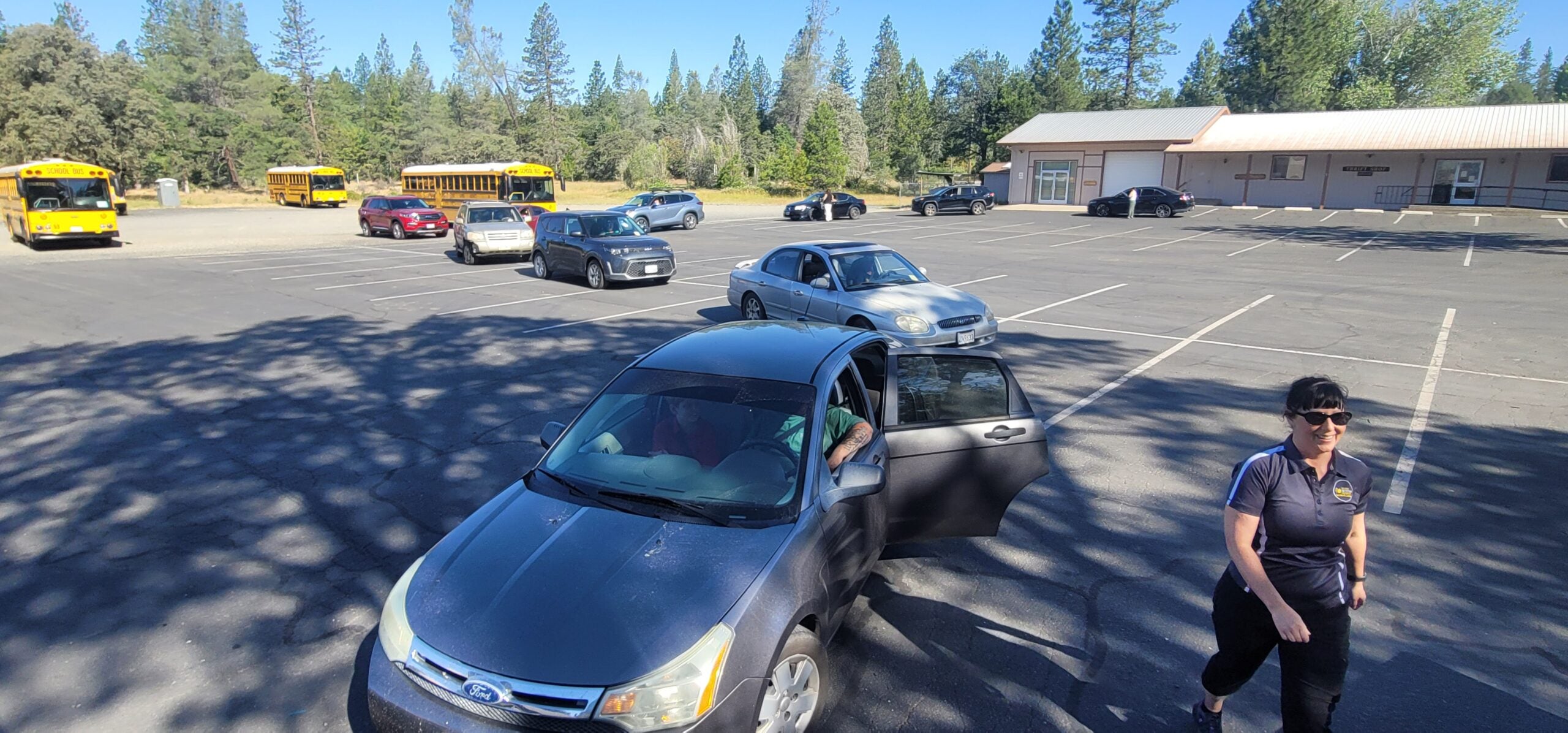
MJUSD serves summer meals via a drive-through grab-and-go model across the county.
Marysville, California, is a city with a rich history, situated in Yuba County at the confluence of the Yuba and Feather Rivers. Once a bustling hub during the California Gold Rush, it retains much of its historic charm with well-preserved architecture and a strong sense of community.
Today, Marysville serves as a regional center for agriculture and commerce. Despite its smaller size, the city faces its share of socio-economic challenges, including those related to food insecurity where 1 in 5 kids faces hunger in the county.
Marysville Joint Unified School District (MJUSD) is playing a crucial role in mitigating these challenges by providing essential meal services and advocating for policies that support food access for vulnerable communities.
We spoke with Director of Nutrition Services, Amber Green and Culinary Operations Supervisor, Nick Dramis. This summer, they were recognized as No Kid Hungry Summer Hunger Heroes for their leadership with the non-congregate summer meal service model and for their tireless work to address hunger beyond their district boundaries and across the entire county.
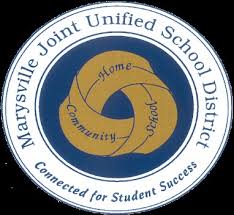
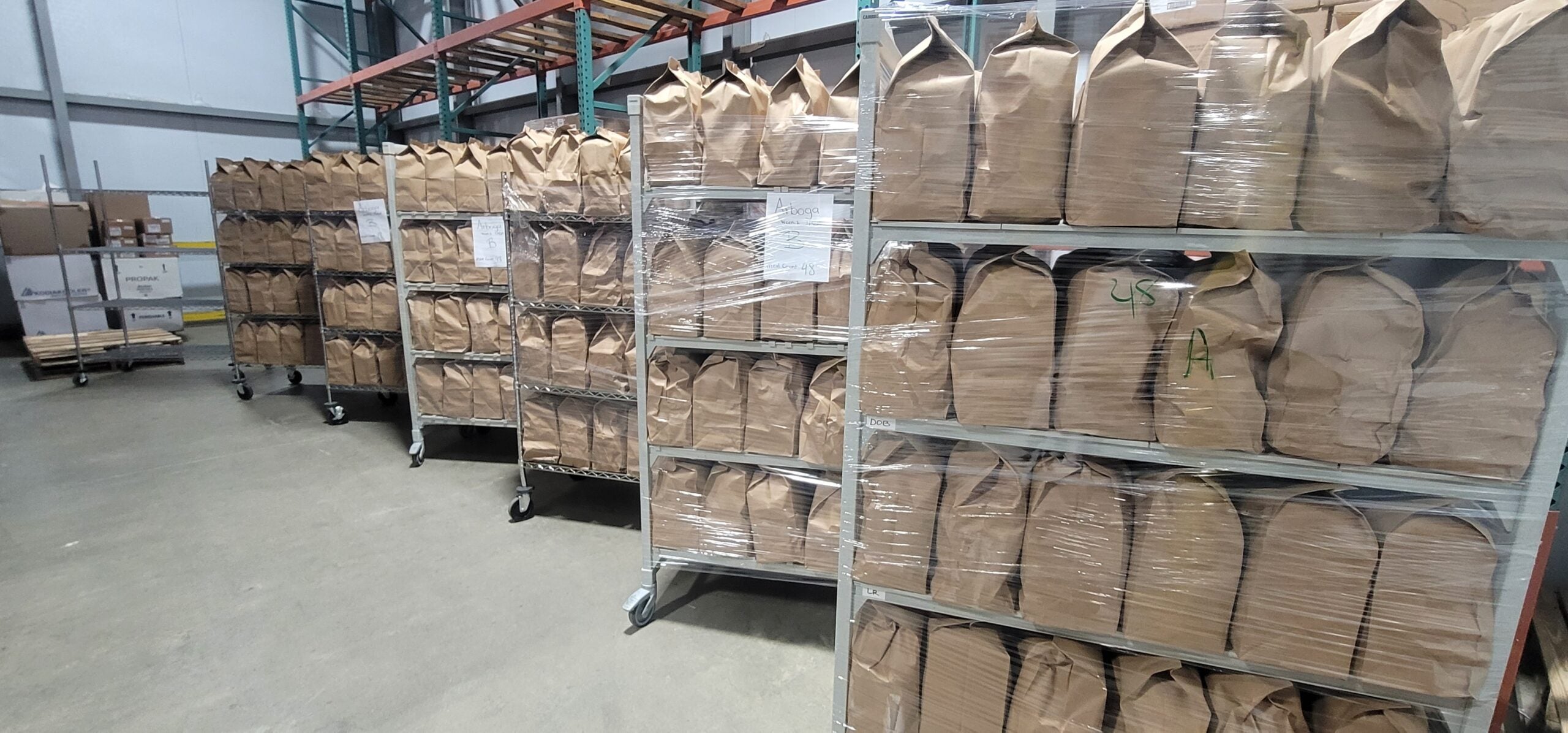
District Summer Meal Service Overview:
- Key Achievement: Served over 48,764 meals
- Number of Meals per Kit: Seven days’ worth of breakfast and lunch (14 meals); meals included a hybrid of pre-portioned frozen entrees and bulk items like cereal, fruit and milk
- Operational Model: Drive-through distribution system with trucks on timed routes; partnerships with other school districts, local businesses and community centers to extend their service area
- Integrity Plan: They utilized the parent pick-up waiver, allowing parents or guardians to pick up meals without the child present. To manage demand and forecast how many meal kits to prepare, they used a pre-registration form, though walk-ins were also accommodated.
In their second year of operating the non-congregate model, they significantly expanded their summer meal program to address the profound hunger within their community. They utilized a drive-through, grab-and-go distribution system, where trucks travel along a set route visiting multiple locations. They also forged partnerships with neighboring school districts like Live Oak Unified School District and Franklin School District to use their facilities and extend their service area to feed more kids.
“We got creative,” said Green. “We were partnering with churches, farmers markets, a real estate agency, and a local Chevron gas station. We even used empty parking lots!”
This summer, the nutrition services team saw an impressive growth in participation, 48,764 meals were served—nearly double their initial projection of serving about 25,000 meals.
“At the time, we thought 25,000 meals was crazy!” Dramis exclaimed. “There’s no way we’re gonna do that much, but hey, let’s shoot for the sky. So, then we ended up doing twice as much! This was the first year that we did this level of production. Our staff made meal kits every day, but the way that we were doing it was completely foreign to a lot of them. Every day they came in and they had to do these crazy numbers, build these bags and do all these things. They came in with dedication, they came in with tenacity, and the end result was to serve the community and the kids. It was just amazing.”


“Amber, Nick, and the school nutrition team have been instrumental in feeding kids during the summer, in Marysville and neighboring communities,” said Mariela Donis, associate director for No Kid Hungry. “Recognizing the critical need, they voluntarily expanded their program’s scope this year. Even with full plates, they still extend a hand to neighboring districts, serving as invaluable mentors to others.”
Looking ahead to summer 2026, Green and Dramis aim to further extend the summer season, explore dedicated distribution crews and volunteers, and establish a central, stationary drive-through location with warehouse facilities to enhance efficiency and increase meal capacity. They also have a long-term vision of a central production facility for improved food quality and scratch cooking.
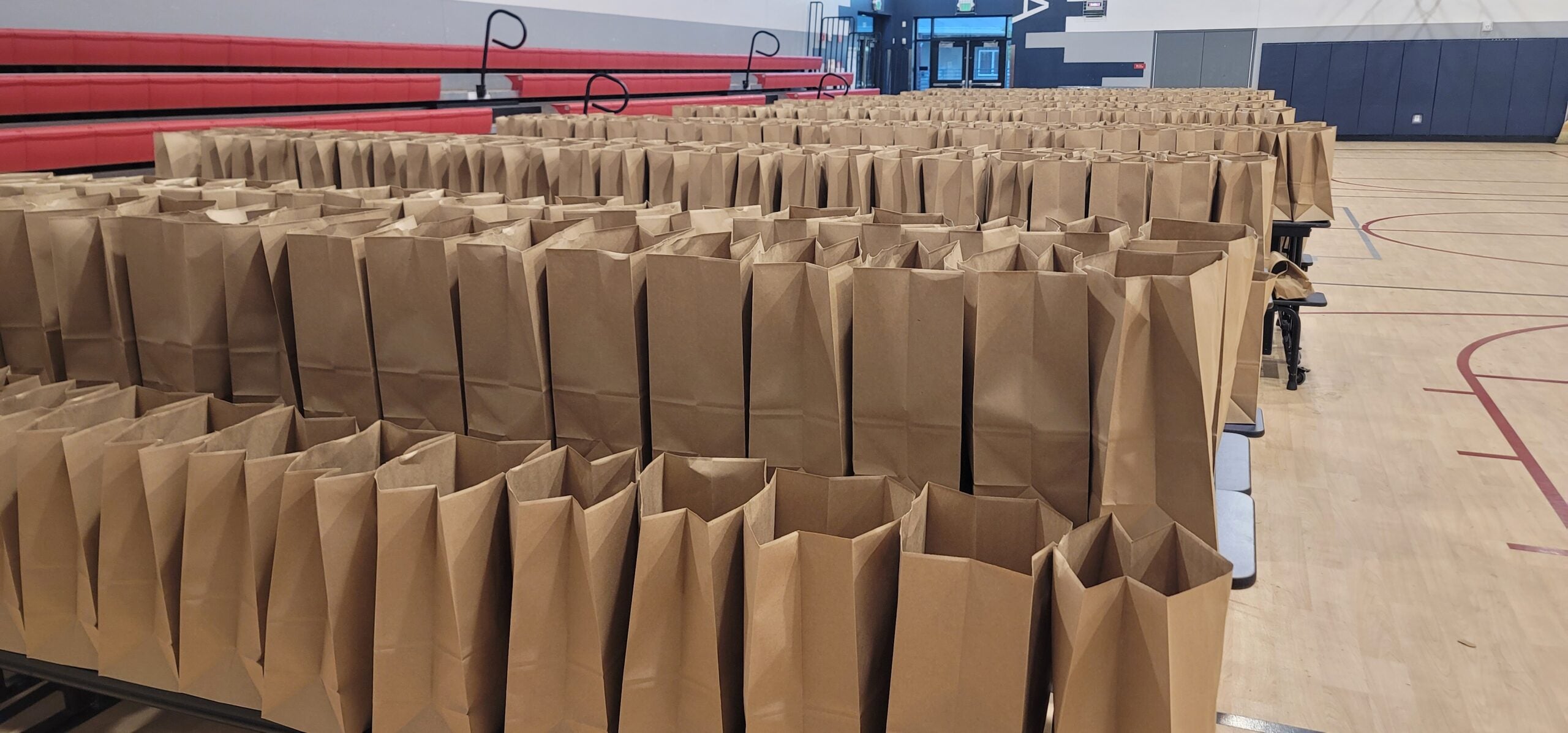
Ways You Can Help
New research by No Kid Hungry (see full report) reveals an overwhelming number of parents are struggling to put food on the table for their kids. This is especially true during the summer months when kids lose access to many essential free school meals.
You can ensure kids have the nutrition they need to thrive in and out of the classroom and reach their full potential in a variety of ways:
- Donate. $1 can help provide 10 meals* to kids. Your support will help us fund meal programs all over the country and help us advocate for policies that will help kids get the meals they need. *Donations help support programs that feed kids; No Kid Hungry does not provide individual meals. Meal equivalencies vary. Learn more at NoKidHungry.org/OneDollar.
- Advocate for kids. Reach out to your elected officials and ask them to do more to end childhood hunger. Tell your lawmaker to advocate for policies that will help kids get the meals they need.
- Become a sponsor or expand your summer non-congregate meal program for Summer 2026. Visit our Center for Best Practices for more information on the rules, eligibility, grant information and more.
Last update: November 18, 2025
